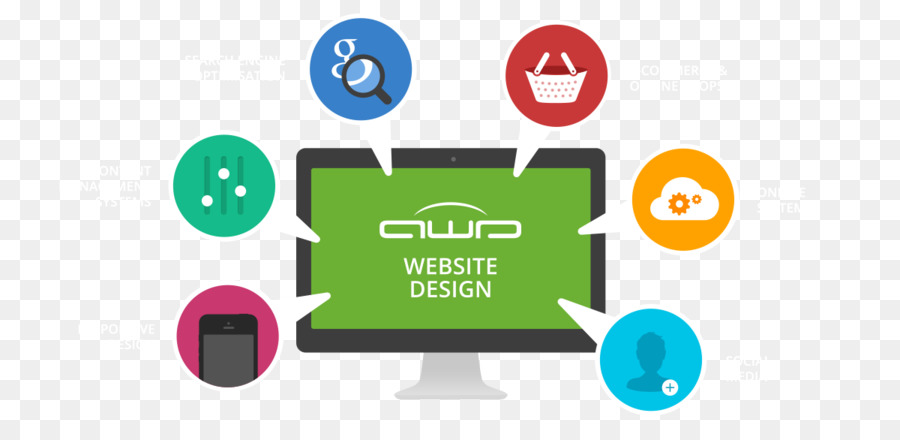Essential Elements Of Web Design: Guidelines For Creating A User-Centric Website
Essential Elements Of Web Design: Guidelines For Creating A User-Centric Website
Blog Article
Material Author-Wiley Gammelgaard
When it pertains to website design, making certain user-friendliness is vital. From receptive layout to structured navigation, every component plays a crucial function in developing a website that deals with your target market's needs. However what about the better details that can make or break a customer's browsing experience? Remain tuned as we uncover some often-overlooked tips that can boost your internet site's usability to the next degree, making it really stand out in the electronic landscape.
Significance of Responsive Design
Receptive design is a vital element of contemporary website development. Guaranteeing your internet site is receptive methods that it can adjust to different display sizes and tools, providing a seamless experience for users.
With the raising use of smart devices and tablet computers to access the net, having a responsive style is necessary for getting to a wider target market. It assists in enhancing customer experience by making your site easy to navigate and keep reading any type of device.
In addition, responsive design can positively influence your search engine rankings, as search engines like Google prioritize mobile-friendly web sites. By having a receptive design, you're likewise future-proofing your web site, as new tools with varying screen dimensions continue to arise.
Simplify Navigation Framework
To enhance user experience and assist in easy access to info on your website, enhancing the navigation structure is vital. When creating your site, focus on developing a clear and user-friendly navigation menu that assists visitors discover what they're seeking rapidly.
just click the up coming document of menu things to the basics, organizing associated pages with each other to stay clear of frustrating customers. Usage descriptive labels that clearly suggest the web content of each web page, making it easier for customers to comprehend where each web link will take them.
Think about carrying out dropdown menus for subcategories to avoid cluttering the major navigating bar. Additionally, consist of a search bar prominently on the page for users that like searching for specific info.
personalised website content on mobile responsiveness in your navigating design to make certain very easy access on all tools.
Maximize Web Page Load Speed
Improving web page tons rate is critical for keeping visitors on your internet site. Slow-loading pages frustrate users and can cause high bounce prices. To optimize page load speed, begin by enhancing pictures. Press pictures without endangering top quality to decrease their data sizes.
Furthermore, make it possible for internet browser caching to store regularly accessed sources locally, quickening load times for returning visitors. Minify CSS, JavaScript, and HTML data by eliminating unneeded personalities, comments, and format, improving load speed.
Take into consideration making use of a material shipment network (CDN) to distribute your internet site's material across numerous web servers worldwide, minimizing latency for customers accessing your site from various areas. Last but not least, restrict making use of third-party manuscripts and plugins, as they can substantially impact lots times.
Final thought
Finally, by incorporating responsive design, streamlining navigating, and maximizing page load rate, you can create a straightforward internet site that appeals to a wider audience and boosts individual experience. These essential elements guarantee that site visitors can easily gain access to and browse your site throughout various devices, leading to raised engagement and satisfaction. By focusing on these key elements, you can build an effective website that maintains individuals returning for more.
